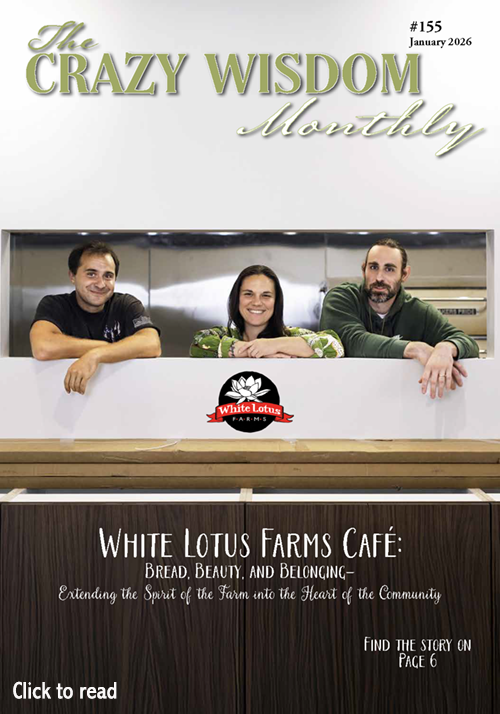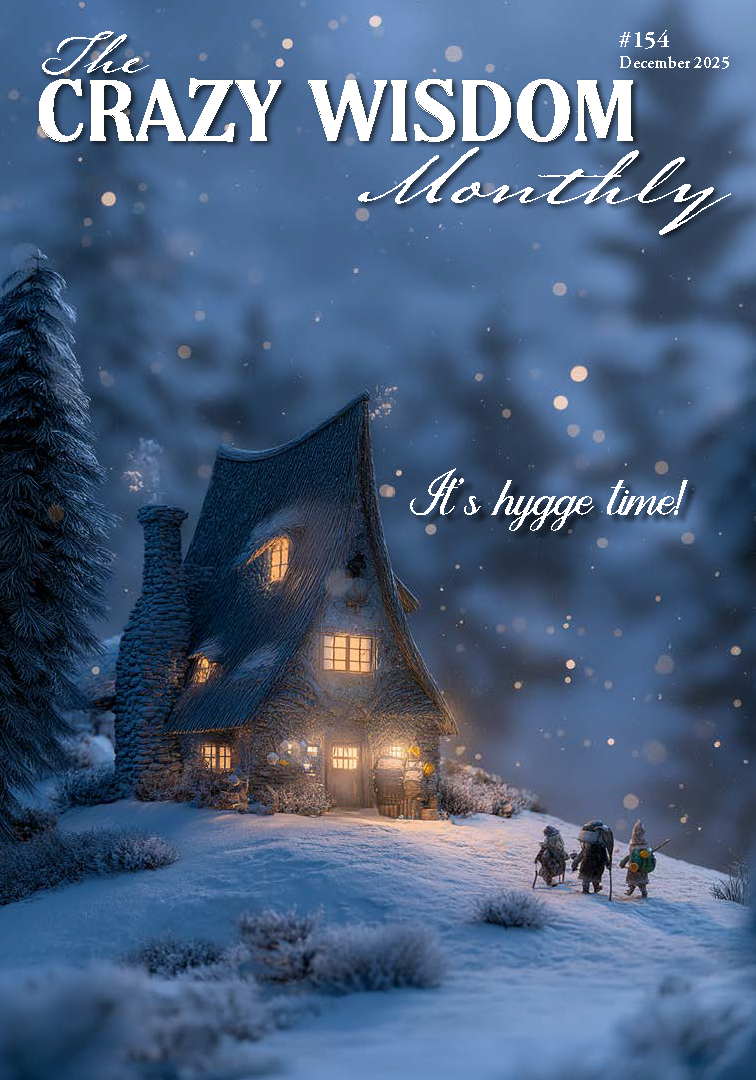I didn’t always love trees, not like I love people and animals.
It takes a certain amount of deepening, maturity, and patience to appreciate the subtle, to grasp interconnectedness in its totality.
I’ve always loved food, especially Turkish food, and had the privilege to grow up consuming fresh produce from street markets where the fruit was in general much smaller in size, less uniform in shape, but dear Goddess, so much grander in flavor.
It wasn’t always obvious to me that loving olives for example, and all its infusions (oils and salves) should include a natural reverence of the Olive Tree as the gifter of this sacred fruit, and by default a respect of Mother Earth, the original gifter of all trees.
My mind naturally goes to lemon trees next, as the Mediterranean cuisine would be crippled without them. The fig tree comes to mind next with its beautiful big leaves simultaneously reminding me of my father who taught us how to eat it by cutting it halfway into quarters which could then be scraped from the shell with our teeth. I’ve never been drawn to nature-mort as an art form, but the inside of a fig certainly makes a great picture, as amazing as the inside of a pomegranate. My father made a game of peeling those, creating suspense around the cracking open of the halves aiming to drop as few seeds as possible. He also taught us to peel peaches using a knife, so that we wouldn’t have the juice dribbling down our faces! The quince tree and fruit comes to my mind next since and dear God, if you have never tasted our Quince desert, look no further for a reason to plan a trip to Turkey. And of course I can’t leave out the chestnut from which we make the world’s best maroons. All the gastronomic pleasures we owe to trees!
Trees are on my mind as I’m listening to Claire Dubois, the founder of Treesisters, talk at various platforms about their mission to plant trees (about 2 million a year, in eight ecosystems, in six tropical countries), as well as to raise consciousness about our role in the sixth mass extinction that is underway.
I read that humans are collectively contributing to the disappearance of large numbers of mammals, birds, amphibians, reptiles, and arthropods at an estimated 100 times higher than natural rates (approximately 200 species a day). It is referred to as the Anthropocene extinction, making us global super-predators that negatively affect the food webs of the world. There are extinctions of species on every land mass and every ocean linked to human impact having to do with our meat consumption, overfishing, ocean acidification, over-population, CO2 emissions, and pollution to name a few.
It is easy to think of ourselves as “not good enough” at best or, evil-like swarms of locusts devouring everything on our way, turning a blind eye to the negative impact we have on the world at large, at worst.
We are capable of enslaving our own kind, based on skin color, age and gender, if there is profit to be made, when short-term goals and interests override conscious considerations or long-term consequences. The negative aspects of our nature, selfishness, greed, jealousy, and fear seem to be winning over the positive aspects of our nature when I read about pollution, deforestation, and our overall careless relationship with the environment.
On the other hand, there is information that points to our capacity to help previously depleted ecosystems regenerate, when we lead with positive aspects of our nature: generosity, empathy, caring, and love as exemplified in the movie The Biggest Little Farm. Two things stood out to me from this documentary of a couple turning a 200-acre farmland with a hardened soil back into a healthy ecosystem. The first one is how everything is connected and affects one another, and how human stewardship in collaboration with nature leads to abundance. They show how the farm’s sustainability rests on the impermanence of life where everything that dies gets broken down into minerals and nutrients to feed the plants. That in turn feed the animals and the humans. Nature at its best is a perfect system of interdependence, everything having a purpose and a place within the cycles of life.
The other thing that stood out to me was how long it took for the initially depleted soil to come back alive (about 7 years) where a healthy clump of earth has 9 billion micro-organisms within it, alchemizing death to life. In my years of work at hospice I observed that it takes approximately 7 years to find one’s way back to oneself (where the world begins to make sense again, and where peace is something within reach).
When the psyche is depleted of its resources due to loss, abuse, or trauma it takes many years to nurture it back to health, and not unlike the farm, it takes a lot of hard work. Western culture has lost patience with the natural rhythms and cycles in its attachment to a sense of urgency, fueled by a warped prominence of efficiency, based on a false conviction of scarcity.
Problems of all manners seem to be more a result of what parts of us we lead with rather than the absence of knowing what to do, or being able to differentiate right from wrong. Whether we lead with the darker sides of our nature or with our best selves is what seems to make all the difference.
Trees are on my mind as I’m reading The Hidden Life of Trees by Peter Wohlleben, alongside The More Beautiful World Our Hearts Know is Possible by Charles Eisenstein. As my knowledge increases, I am thinking of them differently, with growing respect, and increasing awe. More importantly though, I am feeling changed, the information is seeping into my heart center, filling it with appreciation, gratitude, and deepening love.
There is so much more to trees then I knew. Forest trees are connected through their root systems using chemical compounds and electrical impulses to communicate and exchange nutrients. They are further connected by fungi that act similar to internet cables, increasing the efficiency of their overall network. They defend themselves through scent and in the case of blossoming trees using visual signals.
I was surprised to learn that trees support each other because it is not in the forest’s interest to lose its weaker members creating gaps that would disrupt its special microclimate. So rather than the principle of the survival of the fittest a tree will depend on its community and is considered only as strong as the forest surrounding it. Even the stronger trees depend on their weaker neighbors when they get sick, which happens a few times over the course of their long lives. Furthermore, they are capable of synchronizing their rate of photosynthesis through the equalization that takes place in their root system that acts as a redistribution system. In the United States a lot of people continue to fear the word socialism all the while trees have figured out that cutthroat capitalism doesn’t serve the collective in the long run.
It is also worth noting what trees are, alongside what they do.
Beings with consciousness are considered to be sentient beings. In medicine consciousness is determined by a person’s alertness, their ability to comprehend, to respond to pain, and to communicate meaningfully. Wohlleben’s observations about what trees can do points to a sentience that includes “an innate adaptability, intelligence, the capacity to communicate with and heal others of their kind.”
Did you know that deforestation contributes not only to a decrease in rainfall, but also to the drying of rivers? Trees are rain creators and one of our best partners in carbon regulation (I recently found out that so are whales). Human activities increase carbon output while trees sequester it. Trees also temper the effects of storms upon the land. They help prevent soil erosion. When soil flows into waters (especially when it has harmful chemicals in it), from the process of erosion, it contributes to coral destruction, which in turn leads to the disappearance of fish docks, which in turn leads to an increase in human poverty.
Treesisters focus on planting tropical trees because of how fast they grow—reaching human height the first year you plant them. Because of this growth rate they sequester carbon three times faster. The biodiversity found in rainforests is also unequaled in ways we are just beginning to understand. Trees, individually and collectively, and rainforests in particular, are home to so many species—a home that provides sustenance for life, no less.
Claire Dubois is inviting us to reconsider how we have been defining ourselves as consumers and speaks to the need to reclaim our purpose as restorers of the planet.
She points out how remarkably disrespectful the act of taking is with regards to the generosity of Mother Earth providing us with, well, pretty much everything.
She and Eisenstein are both urging for the return of a heart centered relationship with nature and one another, one that understands the cycles of life, and the necessity to give as we take.
It is certainly within our capacity to restore a dynamic of reciprocity where we do not take without giving back, where we no longer heat without cooling, where we no longer deny how we impact life around us. It really doesn’t sound that different than what most people I know have been trying to teach our children all along. And yet, somehow, our view of ourselves as consumers (rather than guardians) and our story of separation from nature (Eisenstein) make us turn a blind eye to the negative impact we have on the world at large.
Maya Angelo said: Do the best you can until you know better. Then, when you know better, do better.
The business of doing better as we know better is neither straightforward nor easy. Old habits cannot be broken by awareness alone. We must include our hearts to the knowing so that our caring can generate the motivation needed to bring about disciplined, gradual change.
Holding on to the intention of doing better, working in the right direction, and being willing to open my heart to feel the hurt my actions are causing is still better than giving in to my powerlessness. Just like I vote, knowing that my vote alone won’t change anything. Being aware that only collectively can we shape the world for the better. Just like I practice mindfulness, knowing that I will fail at it over and over again, yet remembering that a sustained practice creates improvement if not enlightenment/perfection.
Sibel Ozer is a licensed professional counselor and board-certified art therapist currently doing private practice in downtown Ann Arbor. She started her career as a clinical psychologist working with earthquake survivors in Turkey. She continued her work in the United States in hospice, hospital, and private practice settings further specializing in grief, loss, and trauma. She is a certified EMDR practitioner and a graduate of the Gestalt Institute of Cleveland. She gives experiential workshops nationally and in her country of origin (Turkey) on different art therapy topics. Visit www.sibelozer.com, call (303) 905-1109, or email fireflyarttherapy@gmail.com.


































































































































































































